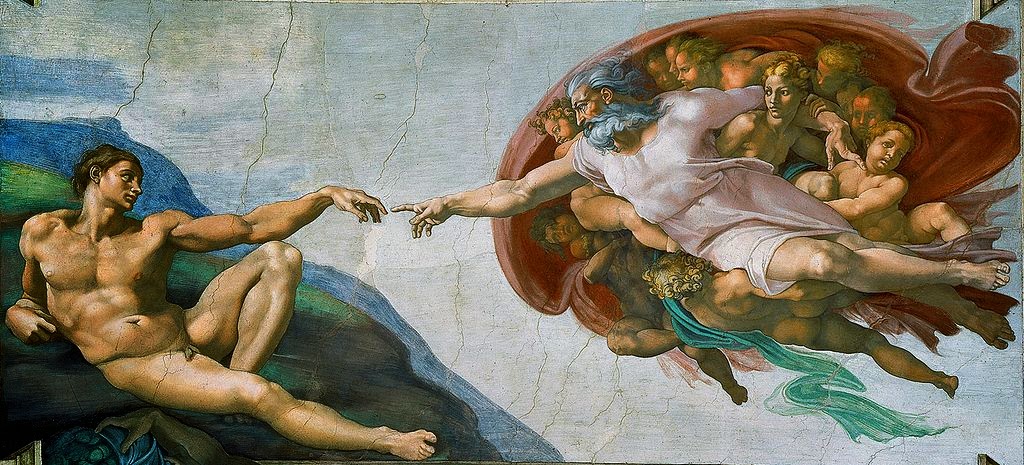Samara Golden: The Flat Side of the Knife
The installation artist I chose from the PS1 Museum is Samara Golden. The installation is called The Flat Side of the Knife. The artist was communicating to the viewers the sixth dimension where the past, present and future exist simultaneously. As the class continued to view the installations in the museum a women who works at the museum told the class Samara Golden inspiration for the installation came from her being close to death in the hospital due to a health scare.
Before we even met the women I had no idea what Samara actually meant. I thought this installation had to do with a dream state of mind where our dreams can be contorted and mystical. After the women clarified the meaning I started to understand the concept and what those forms actually meant. The whole installation made me realize this was a hospital room. The wheel chair probably symbolized that she couldn’t walk because of how weak and fragile she was. The musical instruments and the sound could symbolize the love of music and helped her get through this difficult time in her life. The stairs can possibly represent the levels or floors it took for her to get better.
This installation is creative because the material she used to help her deliver her idea. The use of the mirrors really helps create illusionary space that also helped create dimension and depth of space while the physical space really help make everything look so real. By combining both illusionary and physical it created a dream that came to life. It really makes you think about what the sixth dimension is and why the past, present and future exist simultaneously. The fact that this installation has two view points it quiet amazing. When you first walk in you see the physical forms pop out and when you look down it looks like the installation is continuing on multiple floors. Then when you walk down to the second floor you realize that there a bunch of mirrors that are giving you that illusion that the installation is continuing, and you see how the mirrors create a picture of the whole installation. This was the main reason why I choose this installation because of how unique it is.
When I first saw this installation I automatically thought of Harry Potter and the grand stair case often knowns as the hogwarts stairway. It reminded me of something that was unrealistic that came from a children's book. This installation made me realize that anything is possible and can come to life. This installation made me think of my past, present and future and I could understand how they all come together. When I walk up a set of stairs or look at a mirror it constantly reminds me of the Flat Side of the Knife by Samara Golden.


















